Tycho, our beautiful male mute swan (Cygnus olor) takes a break from preening Saturday at Ashbridge’s.
At last! After going for weeks without seeing our mute swan family — Penny, Tycho and the kids (who are now only about eight weeks or so away from leaving home) — I finally saw our cob, Tycho.
I was down at Ashbridge’s Bay yesterday, taking a wee break from film festing, hoping to get some close-up pictures of flowers that I’d seen on a recent (camera-less) walk. I had noticed several species of flowers I couldn’t immediately name, and wanted to get some shots that would enable me to identify them at home.
I was enjoying a magical time meandering among the tall flowers — the asters, the daisy fleabane, the white sweet clover, the goldenrod over my head — trying to take all the late summer beauty in. The huge dragonflies (slaty skimmers, I’m almost certain); the warblers (common yellowthroats, maybe?); the bees (I don’t think I’ll ever be able to identify them.)
I was concentrating, trying to get some images that wouldn’t be completely overexposed in the harsh, bright mid-day light, when I heard the sound, far away, of huge wings beating the air. What could only be an enormous bird, trying for lift-off. Only one bird I know can disrupt the airwaves like that. I turned away from my shot just in time to see a blur of white flying low over the peninsula to the open lake side of our park. Surely one of our swans.
I quickly wended my way along the footpath ’til I came to the clearing about mid way, and there, right on the rocks by the shore, was Tycho. The departing swan must have been his long-time mate, Penny. No cygnets to be seen. I guess they’re far enough along in their maturity to be spending some time alone without mom and dad.
Tycho was busy preening his feathers and paid me no mind while I took some shots of him. A little later, a family over by the boardwalk began feeding bread to the mallards and Tycho paused his feather cleaning to glide silently — and quickly — over to get his share of the handout. Never one to miss an easy meal.
The people were encouraging their child to hand feed Tycho. They wanted the swan to take bread right from the child’s outstretched fingers. I tried to suggest, gently, that they might want to rethink that. As friendly as Tycho is, he’s a hugely powerful wild bird. Capable of inflicting a lot of damage, both with his beak and his powerful wings.
Eventually, the family ran out of bread and Tycho sailed away, taking my heart with him.
© BCP 2010


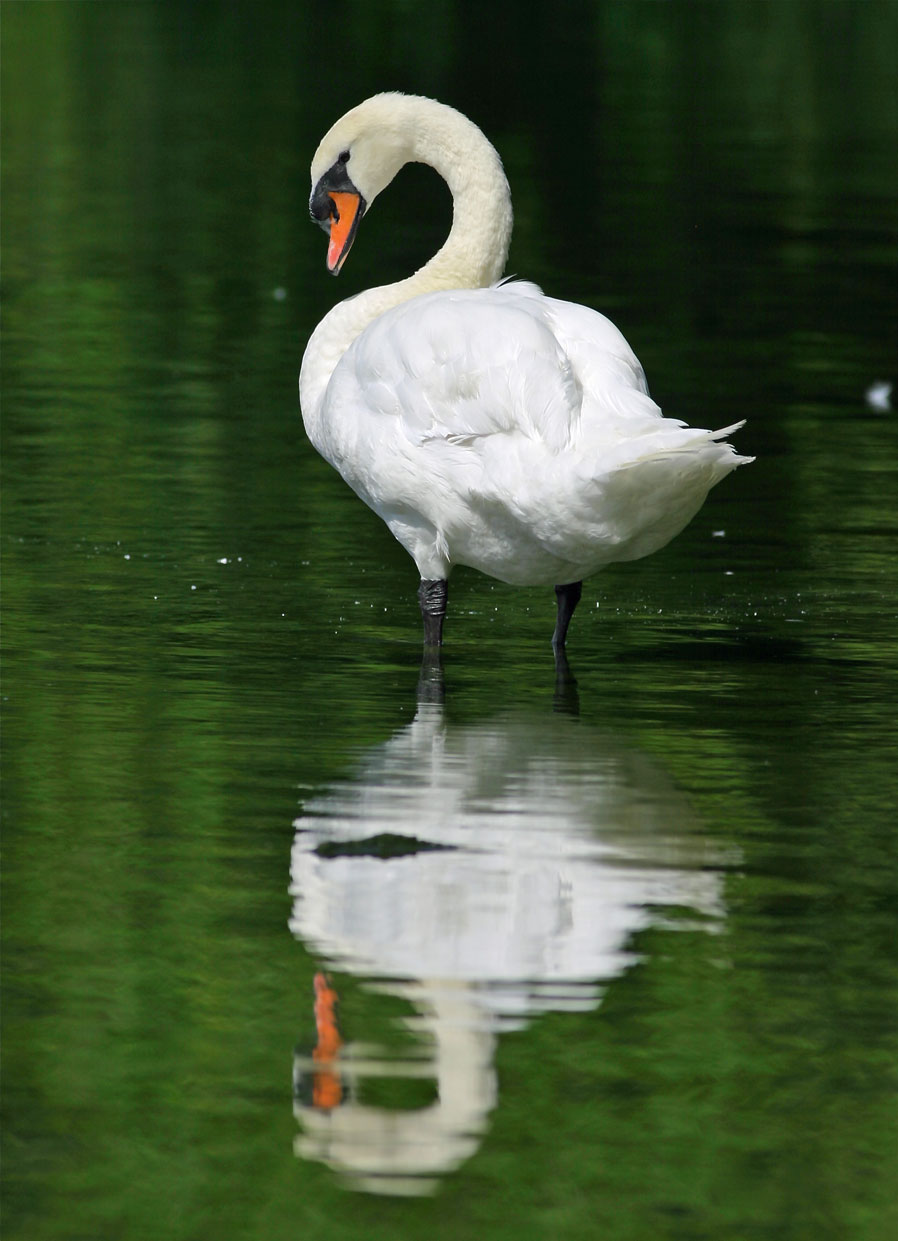
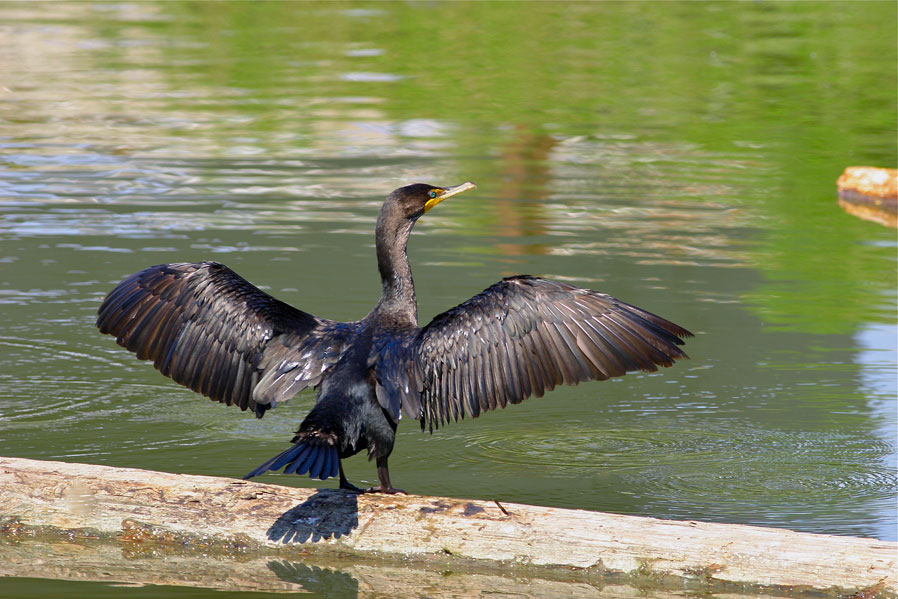
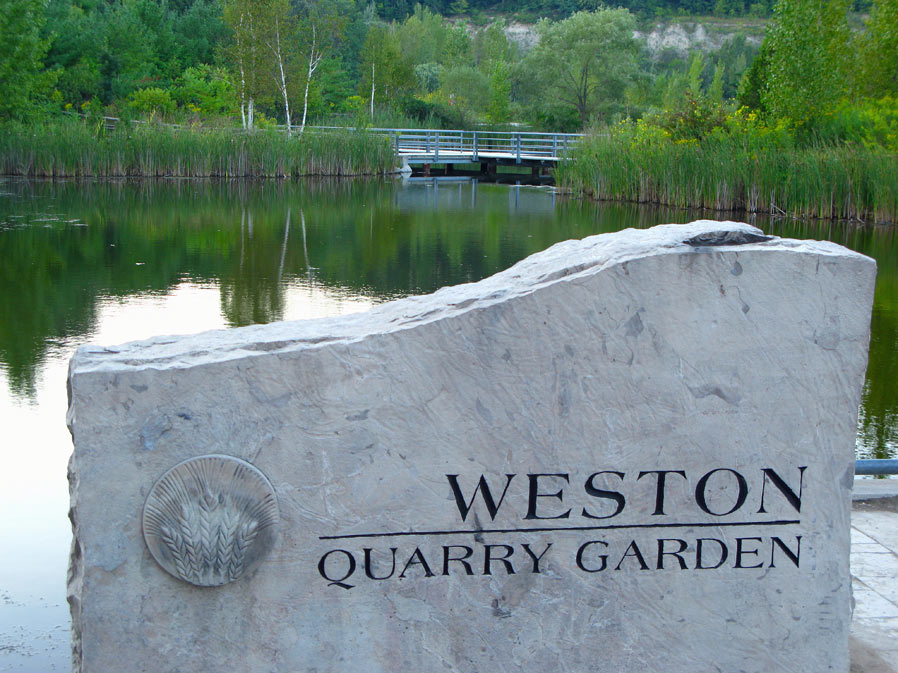
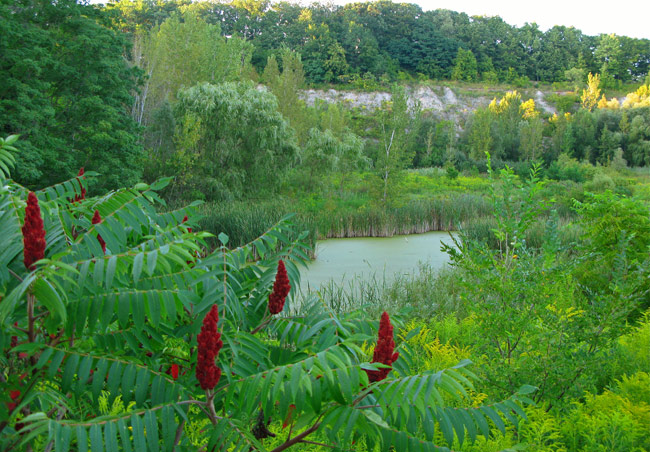
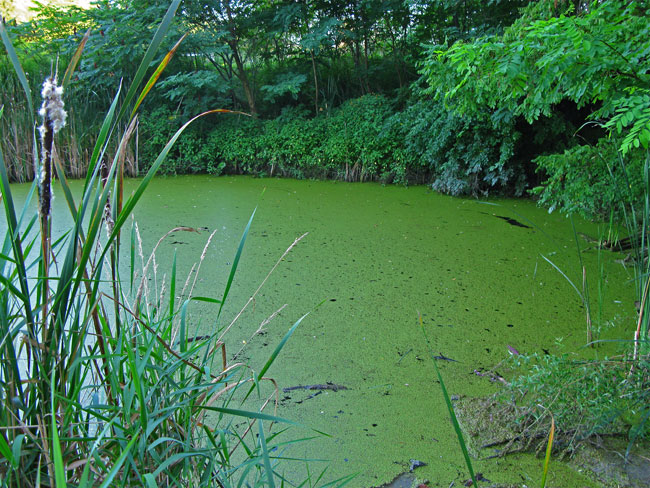
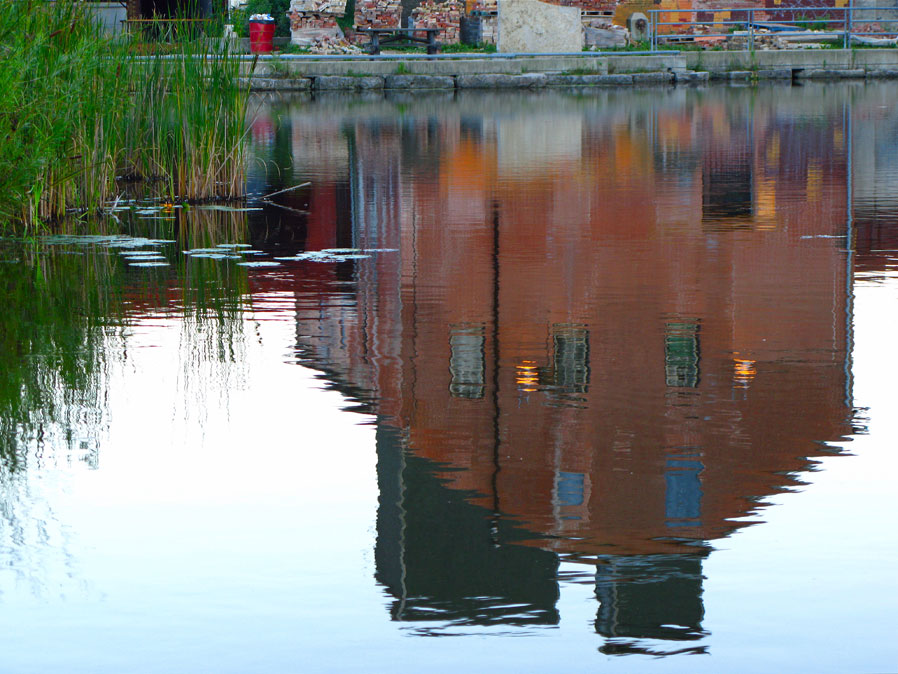
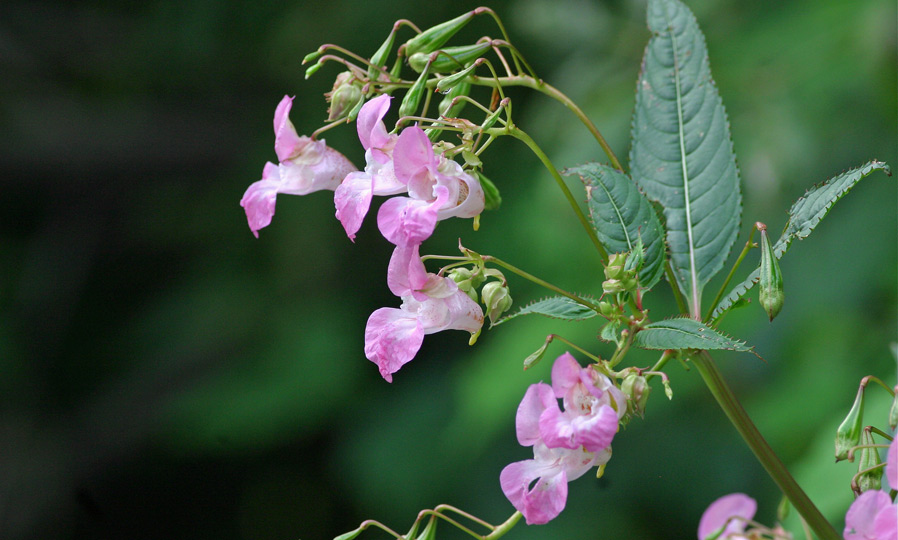
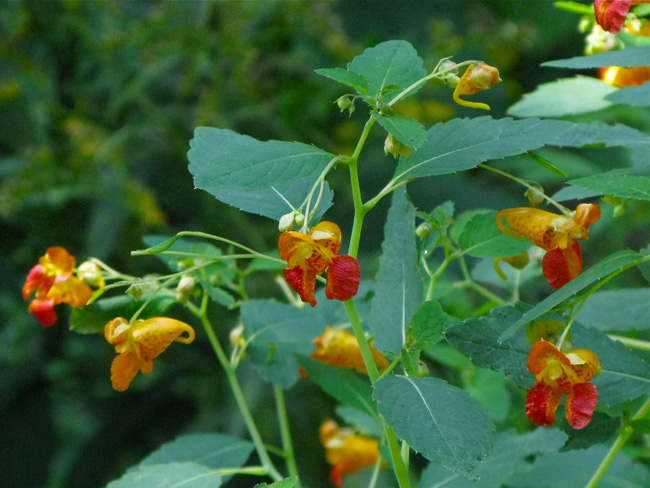

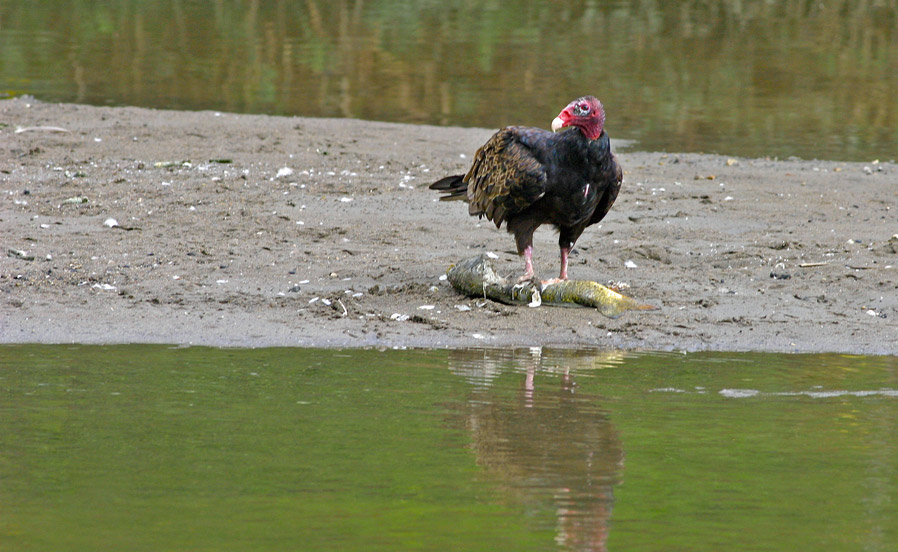

3 comments